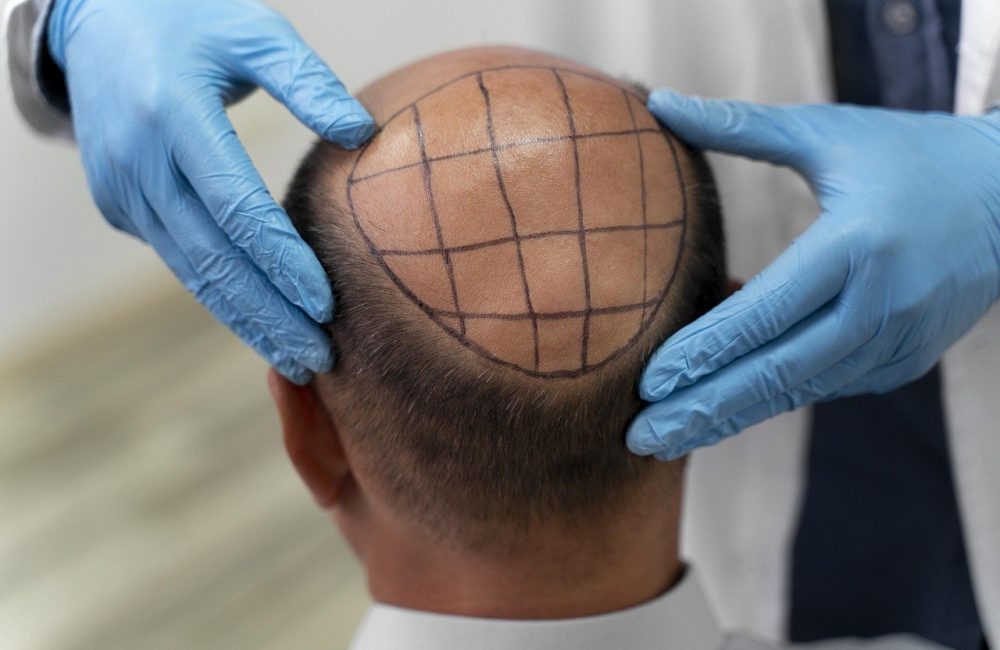How Does Hair Transplant Effectiveness Vary With Age And Hair Type?

The effectiveness of hair transplant surgery is influenced by various factors, including age and hair type, which play pivotal roles in determining the outcome. This article delves into how these factors impact the success rate of hair transplants, providing insights for individuals considering this procedure. Age can affect the stability and quality of donor hair, as well as the patient’s potential for further hair loss. Meanwhile, hair type—be it curly, straight, thick, or fine—can influence the complexity of the transplant and the visual density of the results. We will explore the nuances of how these factors contribute to the effectiveness of the procedure, what expectations are realistic for different age groups and hair types, and how patients can optimize their outcomes. Whether you’re young or older, have thick curly locks or fine straight hair, understanding these variables can help you make an informed decision about hair transplant surgery and set appropriate expectations for your results.
The Impact of Age on Hair Transplant Effectiveness
Age plays a significant role in determining the success of a hair transplant procedure. Generally, younger individuals tend to have better results due to the higher quality and quantity of donor hair available for transplantation. In younger patients, the hair loss is often in the early stages, allowing for a more straightforward restoration process. Additionally, the hair follicles in younger individuals are typically healthier and more robust, leading to a higher likelihood of successful graft survival and hair growth post-transplant. Hair loss stabilization with age also benefits younger patients as it aids in establishing a more predictable long-term outcome for the transplant. However, older patients can still benefit from a hair transplant, although the results may be less drastic and may necessitate multiple sessions to achieve the desired outcome.
Factors Influencing Hair Transplant Success in Different Age Groups
When considering hair transplant success in different age groups, several factors come into play. For younger patients, the density and quality of donor hair are typically more favorable, allowing for broader coverage and a more voluminous appearance post-transplant. The resilience of younger patients’ hair follicles to transplantation procedures also contributes to their higher success rates. Contrastingly, older individuals may have thinner or weaker donor hair, impacting the overall outcome of the procedure. Moreover, age-related health conditions and decreased healing capacity in older patients can also influence the success of the hair transplant. It is crucial to assess age alongside other variables such as the patient’s overall health and hair quality when evaluating the potential success of a hair transplant.
Effectiveness of Hair Transplant on Different Hair Types
The effectiveness of a hair transplant is significantly influenced by the individual’s hair type. Individuals with thick, coarse hair typically experience more extensive coverage and fuller results compared to those with fine or thin hair. The texture and curliness of the hair also play a vital role in the visual impact of the transplant, with curly hair providing more natural volume and coverage. Depending on the patient’s hair type, hair transplant techniques may need to be tailored to ensure the best possible and most natural-looking results. Understanding and considering the unique characteristics of the patient’s hair type is essential in achieving optimal outcomes in hair transplant procedures.
Hugues Louissaint
Hugues Louissaint is an entrepreneur and writer, living in the US for over a decade. He has launched successful products such the Marabou Coffee brand, which has been highly successful in Florida. He has also been a writer for more than 5 years focusing on science, technology, and health. He writes part-time for the Scientific Origin and provides valuable input on a wide range of subjects.










